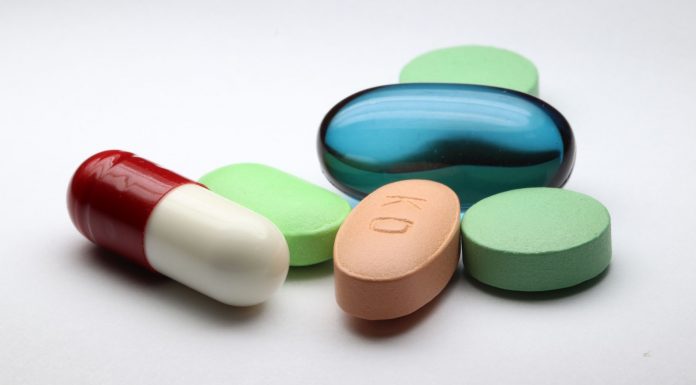(Arthur Allen, KHN) Eli Lilly & Co.’s announcement that it is slashing prices for its major insulin products could make life easier for some diabetes patients while easing pressure on Big Pharma.
It also casts light on the profiteering methods of the drug industry’s price mediators — the pharmacy benefit managers, or PBMs — at a time when Congress has shifted its focus to them.
Insulin has come to embody the perversity of the U.S. health care system as list prices for the century-old drug, which 8.4 million Americans depend on for survival, quintupled over two decades to more than $300 for a single vial. Just because Lilly — which sells about a third of the insulin in the United States — lowers its price doesn’t mean all patients will pay less, even in the long run.
Lilly capped the out-of-pocket costs of its most popular insulins at $35 effective immediately, and said that later this year the list price of its “authorized generic” Lispro — which is identical to Humalog, its bestselling brand-name insulin — would fall to $25 a vial. This followed President Joe Biden’s State of the Union address, and speeches since, in which he has blamed “Big Pharma” and its “record profits” for the incredible expense of insulin.
David Ricks, Lilly CEO, in interviews March 1 called for other manufacturers to join his company in “taking away the affordability challenges” of diabetes.
Even as Lilly promotes its altruism, this move may actually save it money, said health care analyst Sean Dickson. A federal rule taking effect next year penalizes companies that charge Medicaid high prices, especially for older, branded drugs. Lowering the list price of Humalog would allow Lilly to pay significantly less in rebates to government Medicaid programs that buy the drug.
Drugmakers have long ceased to be the only, or even primary, villain of the insulin price scandal. The three companies that produce nearly all the insulin in this country — Lilly, Sanofi, and Novo Nordisk — posted stagnant or declining revenue from their versions of the drug in recent years despite the steadily climbing list prices they charged. They’ve even advised investors that they don’t see insulin sales as a high-profit area anymore.
But while Lilly is cutting the “wholesale acquisition price,” or list price, of its big-selling insulin drugs, “will other ‘parties at play’ cause this price to increase before it hits my pharmacy counter?” asked Rebecca Kelly of Richmond, Kentucky, who has Type 1 diabetes and is an activist for lower drug prices.
Those parties include gigantic pharmacy benefit managers — owned by CVS Health and insurance giants UnitedHealthcare and Cigna — that have aggressively played the insulin makers off one another in a way that mainly fattened their own accounts, as was revealed in a scathing 2021 Senate Finance Committee report.
In theory, when pharmacy benefit managers negotiate contracts with drug manufacturers on behalf of insurers, they pass along savings to patients. In practice, while the hard-nosed bargaining may benefit the well-insured, it can hurt patients on fixed incomes and others less able to afford their insulin.
To compete for access to insured patients, according to the report, the three insulin makers in the 2010s steadily increased rebates and fees paid to the powerful PBMs, which are owned by or allied with major insurers. This spurred drugmakers to keep raising their list prices, because the more they paid in rebates — calculated as a percentage of list price — the better their placement on insurance formularies, the complex lists of drugs insurers cover for patients.
In other words, the more the insulin makers compete, the more consumers — the unlucky ones, anyway — may pay.



